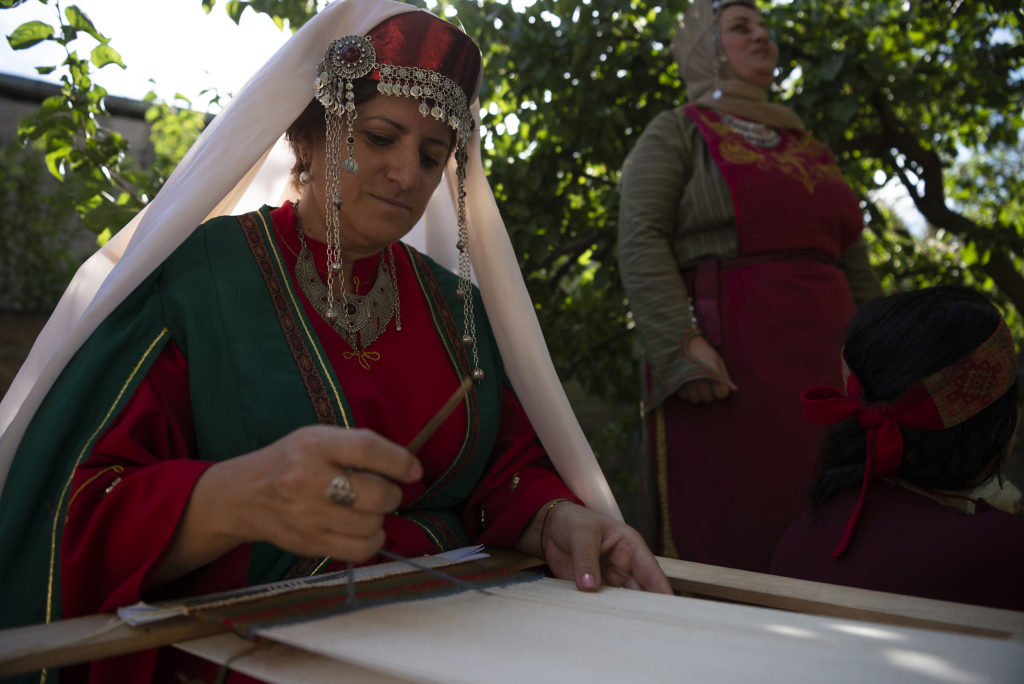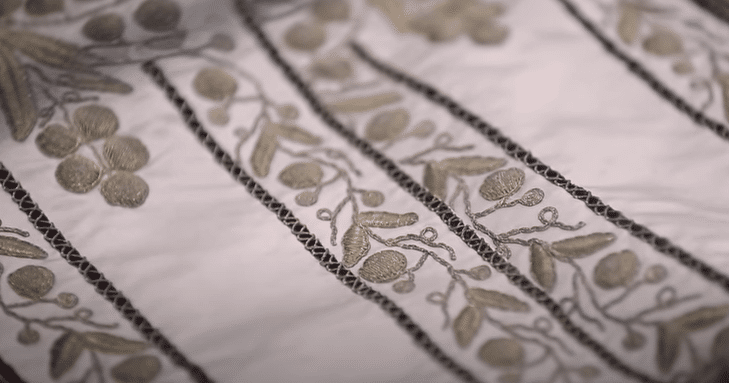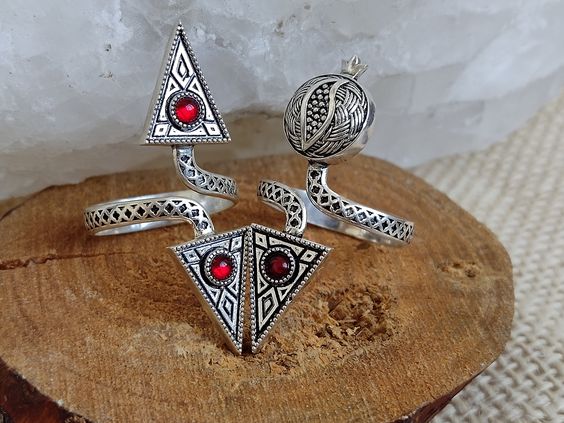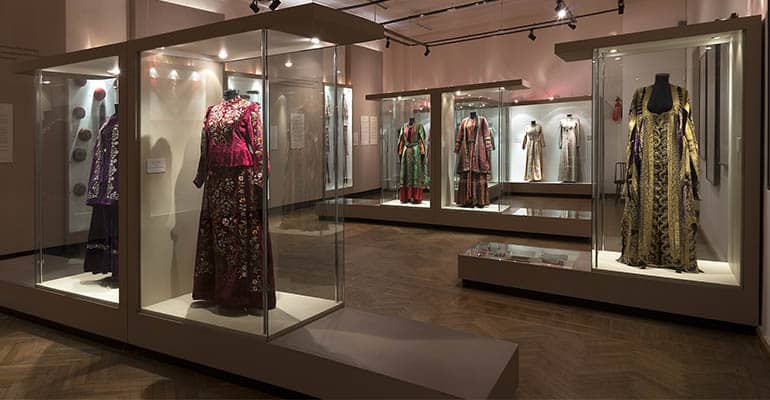
Armenian history, mentality, and cultural identity are embodied in the national costume called Taraz. A vibrant embodiment of heritage and history, Armenian traditional clothing is not only about fabric and stitching, but it also has elements that are typical for a particular Armenian region.
Just once glance at a costume of an Armenian woman or man in the Middle Ages and later could reveal where he/she was born and what layer of society belonged to. From its origins to its contemporary significance, the history of Taraz reflects the diverse influences, regional variations, and symbolic nuances.
Taraz has been becoming more popular during the past decade. It has become an inspiration for modern Armenian designers. Moreover, when scrolling social media websites nowadays one can see many photo shoots in the modern replicas of the national costume. Let’s explore the unique history and features of traditional clothing dating back to the centuries.
History of Taraz

Taraz included the clothes, jewelry, and accessories that people used to wear. Traditionally, a set of Armenian clothing includes dresses, underwear, hats, jewelry, and footwear. The clothes reflected a rich cultural tradition changing over centuries with the new fabrics emerging in the country. First Armenians used to wear clothes made of wool, cotton, and fur. With the import of silk from China, wealthy Armenians started using it in their clothes before they learned how to produce silk on their own.
Like the Armenian language with its dialects, Taraz could have many variations depending on the region in Eastern and Western Armenia. Although the cut was generally similar, the methods of decorating the costume differed. Each historical region of Armenia had its costume. Moreover, each village and city brought something unique to it.
Since Armenia was a part of different countries throughout its history the Armenian costumes were influenced by Byzantine and Arab clothes during the early Middle Ages. Later on, in certain provinces, the costume contains some elements of Persian and Turkish clothes.
Four elements of the Earth: earth, water, air, and fire are predominant in traditional Armenian clothing. According to the 14th-century Armenian philosopher Grigor Tatevatsi, black expresses the earth, white is the water, red is the air, and yellow is fire. Apricot orange symbolizes prudence and common sense, red – bravery and martyrdom, blue – heavenly justice, and white – purity.
Clothing
The main component of the Taraz was a dress usually with slits in the sleeves and was fixed with a belt. The latter was decorated with coins and metal chains and embroidered with traditional ornaments. If a woman was from a wealthy family the belt was decorated with gold or silver. Women used to wear an apron on top of the dress which was a hallmark of the costume of each region. The set of colors on the apron reflected the belonging to a certain settlement.
Men used to wear loose trousers, long-sleeved shirts with a collar, and a caftan. The golden belt on the caftan was a symbol of wealth and the silver belt of maturity.
Ornaments and Accessories

The ornaments of Taraz were mostly plant patterns, as well as geometric figures such as rhombuses and triangles. There were also images of everyday objects, architectural structures like the dome of a church, and images of birds and animals. There were various materials used for ornaments of clothing. The ornaments were made of wool, cotton, and silk, as well as gold and silver threads, sequins, beads, and buttons.
Women wore a lot of silver accessories like necklaces and bracelets. A popular accessory was a ribbon with silver and gold coins on the forehead. In some regions, women wore hats resembling a “tower” that was 8-12 centimeters high and was made from layers of cotton fabric. A thin translucent veil was thrown over the headdress. Meanwhile, older women tied the veil like a scarf. Married women’s hair was always tied up in braids, while unmarried women’s hair could be loose.
Modern Interpretation

Armenian designers have breathed new life into the ancient motifs and patterns and are using some elements in their works. In general, the traditional colors used in Taraz can also be found in the Armenian carpets.
Moreover, traditional Armenian silver jewelry has experienced a resurgence in recent years. It has become a popular trend embraced by most girls in modern Armenia. Dozens of silver jewelry brands also offer traditional sets of silver jewelry for a wedding. This may include massive bracelets, tiaras, and necklaces. Tourists can find dozens of stalls selling Armenian Taraz accessories and silver jewelry at a Vernissage, a popular open market in Yerevan.
Where to See Taraz in Armenia?

Tourists interested in Armenian national costumes can observe some pieces in the museums. For example, a temporary exhibition of the History Museum of Armenia displays 18th-19th century national costume sets from different regions. Headpieces, aprons, belts, jackets, and laced breast pieces are among the exhibits.
A collection of Armenian clothes can be found in the house-museum of Lusik Aguletsi, a famous Armenian painter and ethnographer. She was famous for wearing Taraz in her daily life.
If traveling to Gyumri, visit the Museum of National Architecture and Urban Life where you can observe some pieces as well.
Tourists are free to try a Taraz and even have a photoshoot wearing it. The idea belonged to a photo studio that was the first to make photo shoots in traditional Armenian costumes. It has been so trendy so far that several photographers followed the lead and offered various costumes and matching accessories.
So, if you are interested in traditional clothes and want to surprise your family and friends capture yourself in the national Armenian Taraz. Levon Travel agency staff will be happy to help any tourist willing to explore the history of Armenian costumes. Our professional staff is focused on custom-made tours and if you want to dive deeper into the Armenian culture, contact us to have an unforgettable journey.
